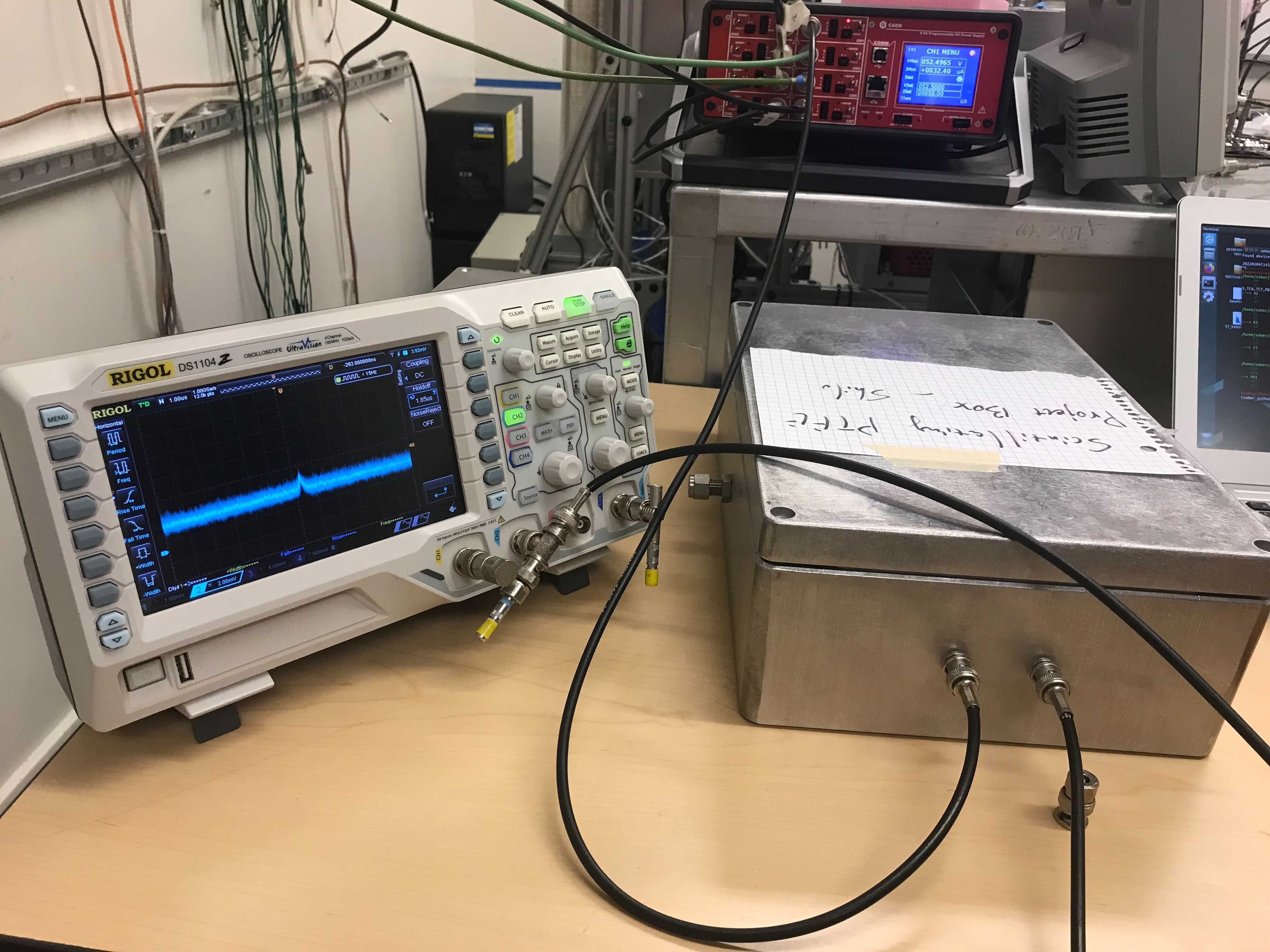scintillating PTFE material
design and fabrication of novel scintillating PTFE material
component design and fabrication of a novel scintillating PTFE material to flag alpha particle decays in dark matter detection experiment
lab: Dr. Peter Sorensen's lab at Lawrence Berkeley Lab in the Physics Division
term: fall 2021 - fall 2022
write up: PDF presentation: PDF
LUX-Zeplin is an experiment which aims to detect dark matter, primarily WIMPs (Weakly Inter- acting Massive Particles). The liquid and gaseous xenon housed in the Time Projection Chamber (TPC) of the LUX-Zeplin assembly commonly contains the 222Rn isotope as an impurity. This isotope is part of a decay chain that results in the 210Pb isotope. The alpha decay that creates this lead isotope can cause a false detection of a WIMP dark matter particle because the 210Pb recoil can cause a signal-like flash in the xenon while the alpha particle goes into PTFE and es- cape detection. To address this, we have designed a scintillating PTFE (Polytetrafluoroethylene, more commonly known as Teflon) material using ZnO nanoparticles for the walls of the detector so the alpha particles entering the wall can be tagged. A dark box experiment set-up has been designed to test how well the ZnO-PTFE scintillates. Using the same photosensors called silicon photomultipliers, this dark box will measure the level of scintillation of the PTFE material while surrounded by radon gas. Thus, we aim to use this material in the TPC to help identify false detections of a WIMP caused by 222Rn backgrounds near the PTFE wall. This will ultimately allow us to reduce backgrounds and achieve better dark matter detection results.

